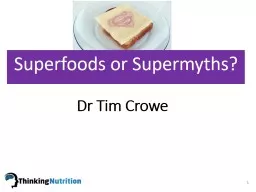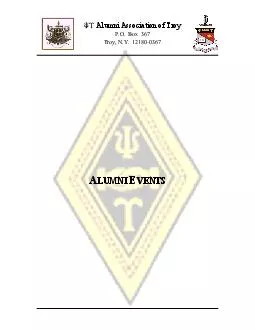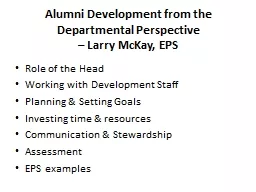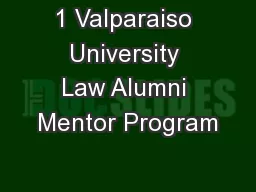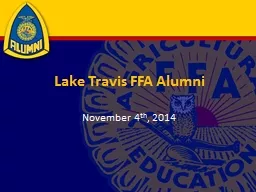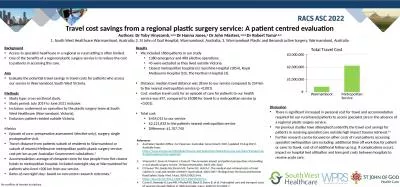PPT-WELCOME WARRNAMBOOL ALUMNI
Author : tatyana-admore | Published Date : 2020-04-05
TO OUR SEMINAR Superfoods or Supermyths Presented by Dr Tim Crowe Thinking Nutrition 22 February 2017 UPCOMING WEBINARS Countering Violent Extremism in Australia
Presentation Embed Code
Download Presentation
Download Presentation The PPT/PDF document " WELCOME WARRNAMBOOL ALUMNI " is the property of its rightful owner. Permission is granted to download and print the materials on this website for personal, non-commercial use only, and to display it on your personal computer provided you do not modify the materials and that you retain all copyright notices contained in the materials. By downloading content from our website, you accept the terms of this agreement.
WELCOME WARRNAMBOOL ALUMNI : Transcript
Download Rules Of Document
" WELCOME WARRNAMBOOL ALUMNI "The content belongs to its owner. You may download and print it for personal use, without modification, and keep all copyright notices. By downloading, you agree to these terms.
Related Documents

